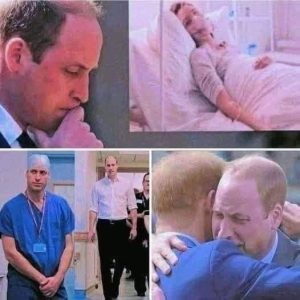The body-language analyst, Bruce Durham, offered a compelling interpretation—but it’s worth asking whether his take reveals a real dynamic shift or simply spotlights what polished public figures naturally do in high-stakes settings.
Here’s the case for his read: The Princess of Wales is famously trained in the subtle mechanics of engagement—calm eye contact, symmetrical posture, gracious timing. If, for even a beat, Trump’s typical forward-leaning presence softened into something more responsive—shoulders up, head tilted back—it does suggest a moment where she set the tone and he followed. That matters symbolically, especially in the diplomatic context Windsor thrives on.
But it’s also true that Trump often adopts a more relaxed demeanor around women he wants to impress, especially in formal, ceremonial environments. The smiling, the listening posture, the praise—all of that could be chalked up to a routine charm offensive, not a temporary ceding of dominance.
Ultimately, the most accurate interpretation might be this: two media-trained pros, aware of every lens in the room, consciously building the image their roles require. She radiates poise; he performs affability. Whether or not one “commanded” the moment is almost beside the point—the optics worked, the tone was struck, and the footage reassured both camps.
So: Durham’s read isn’t wrong, but perhaps it’s less about “alpha vs. beta” and more about mutual calibration—a quiet power exchange in service of statecraft.
What’s your take—was it a moment of real dynamic shift, or just diplomacy on autopilot?




